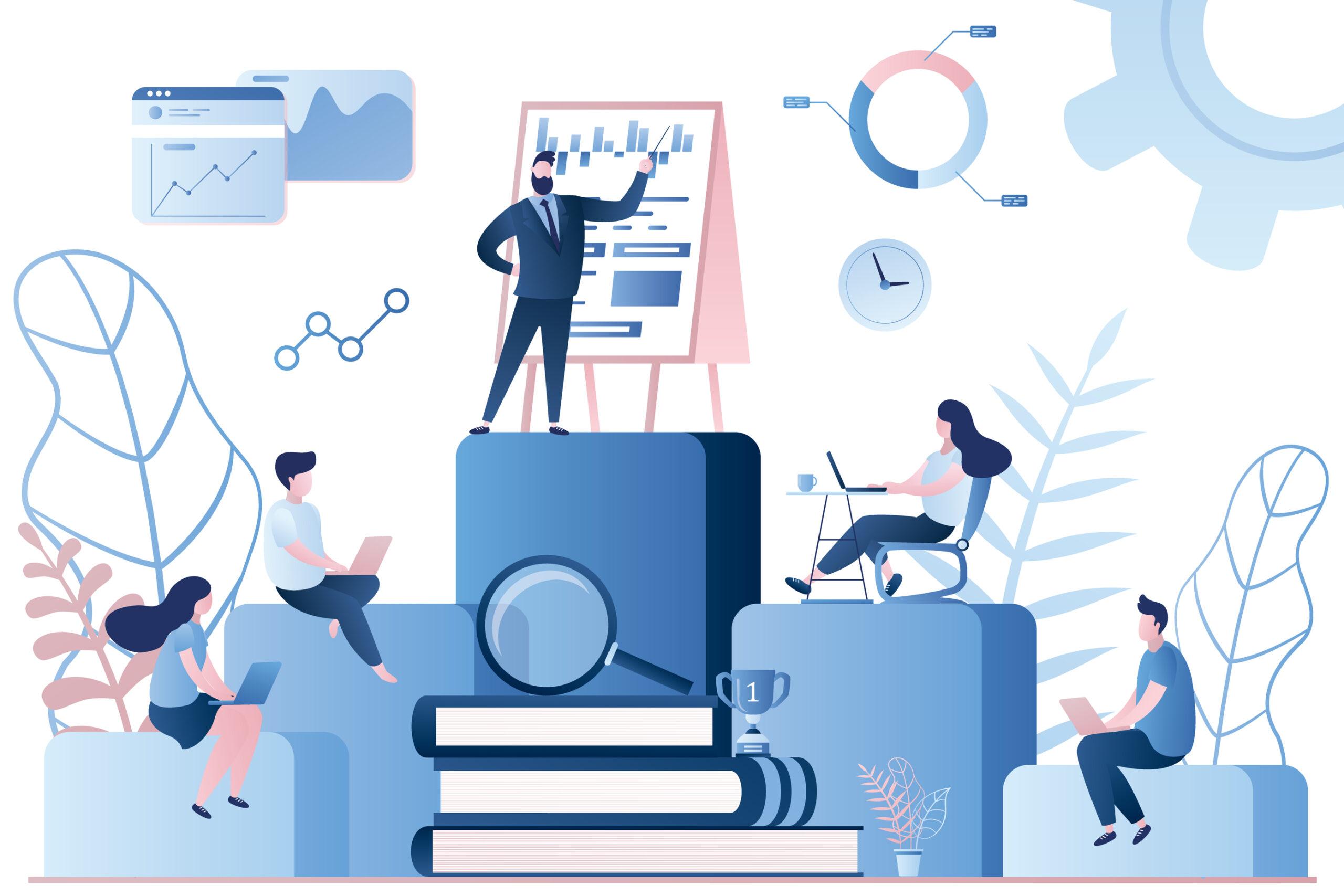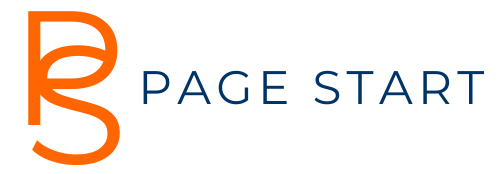Are you looking for ways to create a successful and rewarding employee development journey? From novice to pro, this guide provides insight into how to foster growth in your employees. We will explore the various tools available that can help you build an effective employee development plan, as well as strategies for creating a supportive environment where learning and growth are encouraged.
By understanding these concepts and applying them in your organization, you’ll be able to ensure that each of your employees is allowed to reach their full potential.
Establishing a Growth Mindset
Fostering growth in your employee development journey starts with establishing a growth mindset. A growth mindset is the belief that abilities can be developed through dedication and hard work, rather than being set in stone at birth.
This concept applies to all aspects of development, including job performance, communication skills, and technical proficiency. Employers must nurture this type of thinking within their team members if they are looking to develop long-term career prospects for them.
To cultivate a successful culture of learning and growing in the workplace, there are several steps employers must take: firstly, create an environment where employees feel safe taking risks; secondly, provide resources such as training programs or mentorships; finally, reward progress so that employees feel valued and motivated when they achieve success. Each step should be tailored according to individual needs and goals – while some people may thrive with extra guidance from management others may prefer autonomy over instruction – but overall these strategies will help build trust between employer and employee that will lay strong foundations for future professional development.
Creating opportunities where employees can challenge themselves without feeling overwhelmed or punished by failure will inspire confidence in their ability to learn new skills which is key to developing professionally over time. To ensure continued progress it’s important not only to have expectations but also to provide feedback on how well someone has met those expectations – both positive reinforcements when objectives are achieved as well as constructive criticism when mistakes occur can encourage further efforts towards improvement.
Through fostering a learning environment every member of staff can reach their full potential providing great rewards for everyone involved!
Implementing an Effective Training Program

An effective training program is key to fostering growth in any employee development journey. A successful program should be tailored specifically to the individual employee and their needs, while also taking into account the broader goals of the organization as a whole.
That means assessing each employee’s current skillset, determining what gaps exist between that skillset and where they need to be, and then creating a plan to bridge those gaps. This could include on-the-job coaching from more experienced colleagues or supervisors, formal classroom training sessions with qualified trainers, online courses or webinars, hands-on workshops, and real-world projects.
The success of an effective training program relies heavily on proper implementation – ensuring that employees have access to necessary resources such as books or software; scheduling time for learning activities within work hours; providing incentives for completion; setting clear expectations around performance post-training; tracking progress over time; offering rewards for excellence; and making adjustments when needed based on feedback from participants. With careful planning and thoughtful execution of these elements, an organization can ensure its employees are equipped with the knowledge required for long-term career success.
Measuring Results and Gaining Feedback
It is important to measure progress when it comes to employee development, as without proper tracking there can be no real improvement. Developing an effective assessment system that evaluates performance against the necessary goals is key. It is also essential to ensure employees are given constructive feedback on their progress so they know what areas may need further work or how they can improve in future tasks.
Additionally, obtaining regular feedback from employees themselves helps managers understand any underlying issues or potential obstacles that could impede a successful development journey. This not only ensures all developments are tailored correctly but also provides insight into what motivates each employee and allows them to reach their full potential.
Supporting Your Employees Along the Way

To foster growth in your employee development journey, supporting your employees along the way is essential. As an employer, it’s important to ensure that every step of the process is supported and celebrated by providing guidance and resources.
This can be achieved through a variety of methods such as regular check-ins with managers, training programs tailored to each individual’s needs, or one-on-one mentorship sessions where experienced professionals share their knowledge and experience. Additionally, rewards and recognition should also be used when appropriate to motivate employees who are taking strides toward success.
By using these tactics together you will create a culture of support that encourages everyone to reach their full potential.
Conclusion
Employee development is an important part of any business, and fostering growth in your team members can be the difference between success and failure. By creating a clear employee development plan, setting goals to measure progress against, and using digital SOP to make sure everyone is on the same page, you will set your employees up for success as they move from novice to pro. With these strategies in place, you’ll have a workforce that grows each day—empowering them with new skills that can take your business further than ever before.

